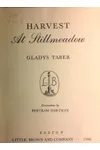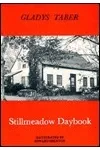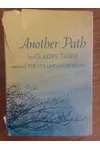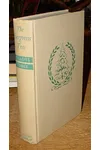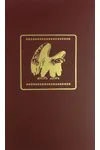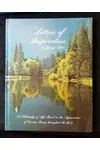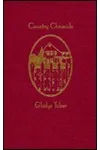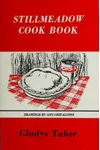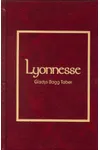Picture an American storyteller who turned a rustic Connecticut farmhouse into a beacon of hope and simplicity—meet Gladys Taber! Born in 1899, this prolific author penned over 50 books and countless columns, weaving tales of rural life that soothed readers through turbulent times. Her Stillmeadow series, inspired by her 17th-century Southbury home, offered a cozy escape and practical wisdom for generations craving connection.
Taber’s knack for finding beauty in the everyday—think fresh-baked bread or a frosty New England morning—made her a beloved voice in mid-20th-century America. Let’s dive into her journey, from a wandering childhood to a literary legacy that still warms hearts today.
The Making of Gladys Taber
Gladys Bagg Taber was born on April 12, 1899, in Colorado Springs, Colorado, to a family on the move. Her father, a mining engineer, uprooted them across New Mexico, California, Illinois, and Wisconsin, with summers spent on her grandfather’s Massachusetts farm. These early adventures shaped her love for nature and community. By 1920, she’d earned a bachelor’s from Wellesley College, followed by an M.A. from Lawrence College in 1921. Marriage to Frank Taber and the birth of their daughter, Constance, paused her academic path, but her passion for writing was just beginning.
Taber’s career kicked off with teaching—first English at Lawrence College, then creative writing at Columbia University. But it was her move to Stillmeadow, a 1690 farmhouse she co-owned with friends Eleanor and Max Mayer, that sparked her true calling. Here, surrounded by gardens and cocker spaniels, she began chronicling rural life with a poet’s eye and a neighbor’s warmth.
Gladys Taber’s Unforgettable Stories
Taber’s Stillmeadow books, starting with Harvest at Stillmeadow (1940), are her crown jewels. These semi-autobiographical essays capture the rhythms of country living—planting gardens, raising livestock, and savoring quiet moments. Her prose, simple yet profound, turned chores into meditations on resilience and joy. The Book of Stillmeadow (1948) paints a vivid picture of neighborly bonds, making the farm a character as vibrant as any human.
Beyond Stillmeadow, Taber’s versatility shone. My Own Cape Cod (1971) celebrates her later years at Still Cove, her Orleans retreat, with salty air and seaside musings. Gladys Taber’s Stillmeadow Cook Book (1965) serves up recipes alongside heartfelt anecdotes, while Amber, a Very Personal Cat (1970) charms with tales of her feline muse. Her columns, like “Diary of Domesticity” (Ladies’ Home Journal, 1937–1957) and “Butternut Wisdom” (Family Circle, 1959–1967), brought her cozy philosophy to millions.
Taber’s style blended humor, spirituality, and practical advice, offering readers a roadmap to peace in chaotic times. Whether describing a snowy walk or a neighbor’s kindness, she reminded us that life’s small joys are its greatest treasures.
Why Gladys Taber Matters
Gladys Taber’s work was a lifeline during America’s stormy mid-20th century, from the Great Depression to the Cold War. Her Stillmeadow books became a symbol of community and hope, resonating with readers—especially women—seeking balance in a fast-changing world. Mothers and grandmothers passed her books down, their pages dog-eared with recipes and wisdom that shaped homes and hearts.
Today, Taber’s legacy endures through fans and groups like The Friends of Gladys Taber, who preserve her writings. Her focus on mindfulness and simplicity feels timeless, inspiring modern readers to slow down and savor life. Though she passed in 1980, her words still invite us to find magic in the everyday.
- Born: April 12, 1899, Colorado Springs, Colorado
- Died: March 11, 1980, Hyannis, Massachusetts
- Key Works: The Book of Stillmeadow, My Own Cape Cod, Stillmeadow Cook Book
- Columns: “Diary of Domesticity,” “Butternut Wisdom,” “Still Cove Sketches”
Snag The Book of Stillmeadow and dive into Gladys Taber’s heartwarming world of rural wisdom and cozy charm!
